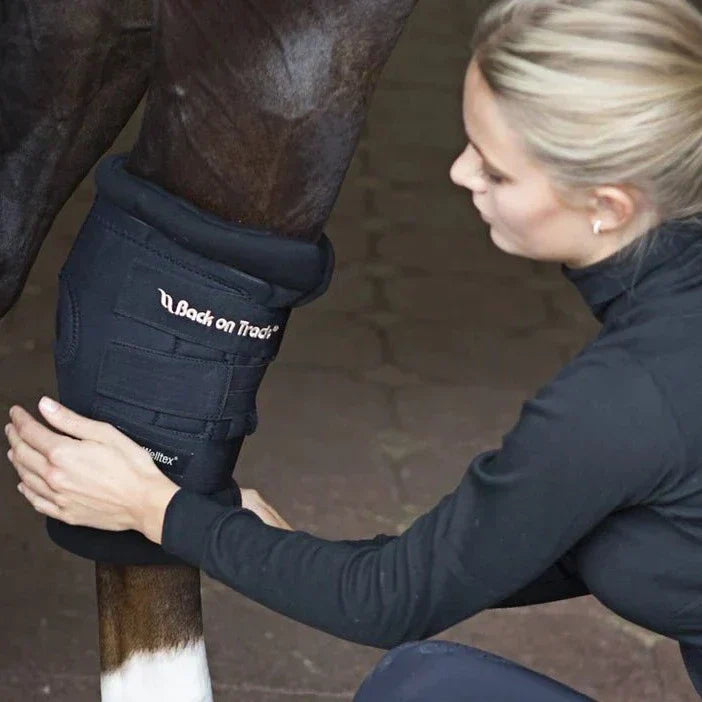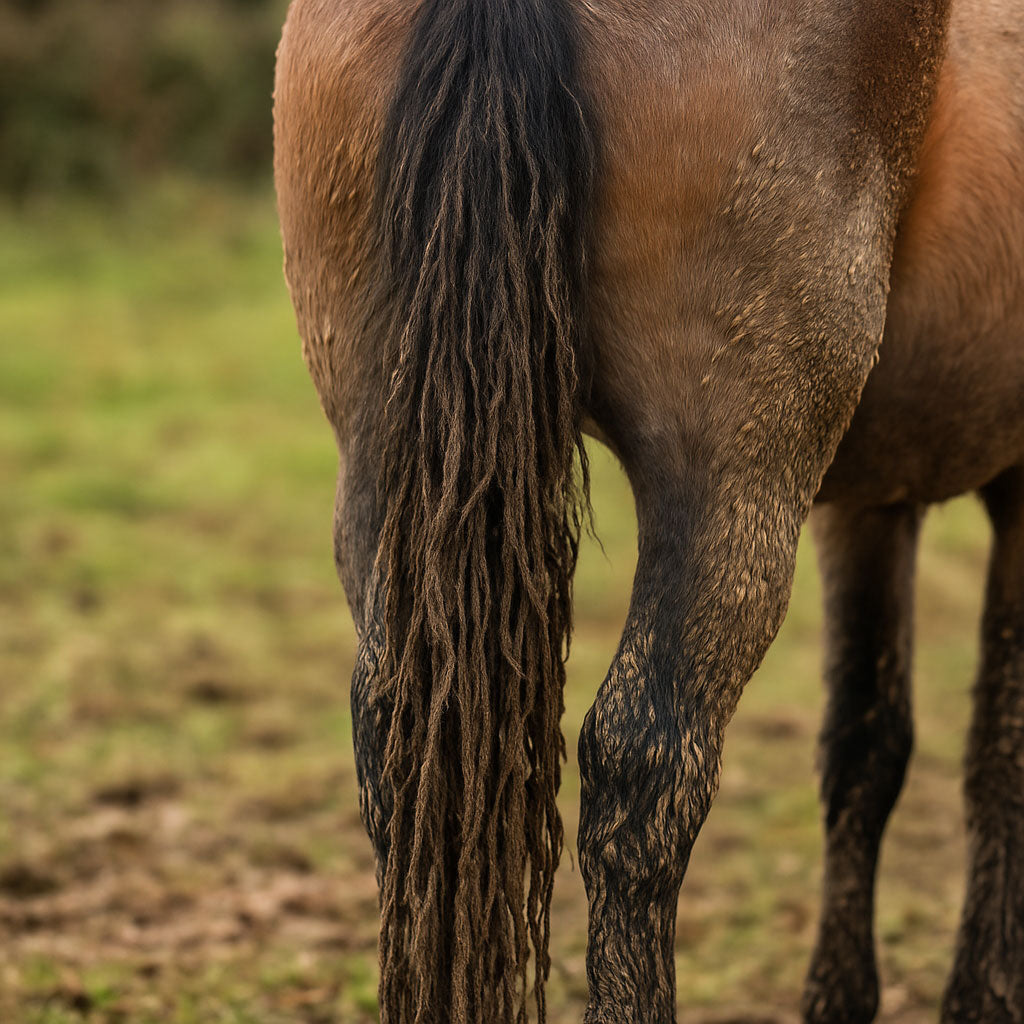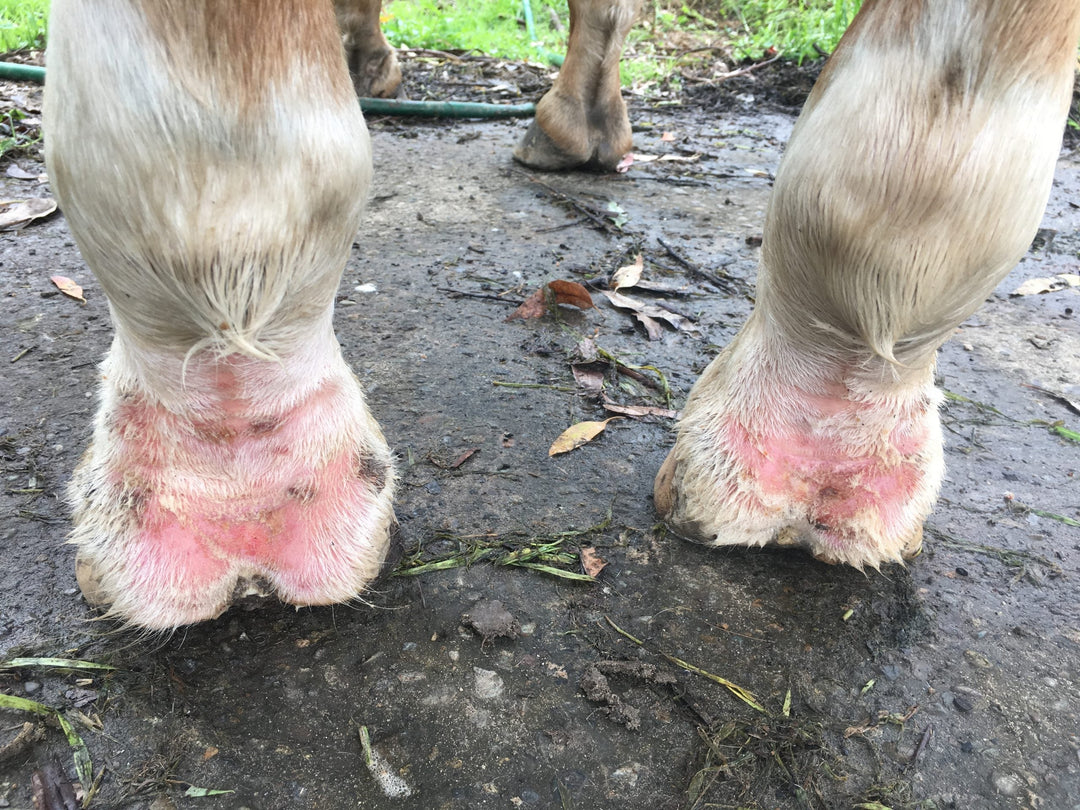How to Measure Your Head for a Back On Track Helmet

Measuring your head correctly is crucial when choosing the right riding helmet. An ill-fitting helmet not only reduces the level of protection offered but can also be uncomfortable, affecting your riding performance. EQ3 riding helmets come in a range of shapes and sizes to ensure a snug, comfortable fit. In this blog, we'll guide you through the process of measuring your head for an EQ3 riding helmet.
Step 1: Get the right measuring tool To measure your head accurately, you will need a flexible measuring tape. You can also use a string and a ruler if a measuring tape is not available.
Step 2: Find the right spot Place the measuring tape or string around your head, just above your eyebrows and ears. The tape should be positioned about 1 inch (2.5 cm) above your eyebrows to ensure that the helmet fits correctly.
Step 3: Measure accurately Ensure that the measuring tape is snug, but not too tight, around your head. You should be able to insert one or two fingers between your head and the tape. If using a string, mark the point where the ends meet and measure the length with a ruler.
Step 4: Check the size chart Refer to the EQ3 size chart to determine the correct size based on your measurement. If your measurement falls between two sizes, it is recommended to choose the larger size for a more comfortable fit.
It is important to note that different helmet brands may have different size charts. Always refer to the specific size chart provided by EQ3 when purchasing an EQ3 riding helmet.
By following these simple steps, you can ensure that your EQ3 riding helmet fits comfortably and provides the protection you need while riding. Remember to always double-check your measurements and refer to the size chart for accurate results.
Pardus Helmets:
Pardus has a slim fit that is best suited to people with oblong heads. You can adjust the size with a screw function at the rear of the helmet. This means that you get an optimal fit for your particular head. If you choose between two sizes, choose the size larger.
Lynx Helmets:
Lynx has a more traditional fit and is best suited to people with round heads. You can adjust the size with a screw function at the rear of the helmet. This means that you get an optimal fit for your particular head. If you choose between two sizes, choose the size larger.
Helmet Measuring:
To measure for the best fit, find the circumference of the head. To begin, use a flexible tape measure and place it 1-1/2 cm above the eyebrows, skimming the tops of the ears, take it around the back of the head to the fullest part. Using the rider’s measurement and the chart below, find the corresponding helmet for their size range. Please note that the rider’s hair should be as worn when using the helmet.

Helmet Fitting:
Place the helmet level on the rider. If the helmet contains a dial, adjust the dial to fit the rider securely. Without harnessing the chinstrap, have the rider shake their head from side-to-side and again from front-to-back, check for movement and ask the rider if there is an even pressure or if there is any pinching or air pockets. If the helmet does not have a dial-fit system and there is movement from side to side but not front to back, try our oval liner, which is thicker on the sides than front to back. If there is movement overall or front to back, try going down a size. Once you’ve found a secure fit, move the brim of the helmet up and down, the rider’s eyebrows should wiggle.
Adjust the Chinstrap:
The length of your chinstrap should rest just under your chin and touch the bottom of your ear lobe. You should be able to fit one finger in the space between strap and your chin. The strap should be secure, but still allow you to move your head up and down comfortably.
Dial-Fit System:
The Lynx helmets include a dial-fit system, after fitting the rider for their helmet, adjust the dial so that the helmet fits securely, then adjust the chinstrap.





